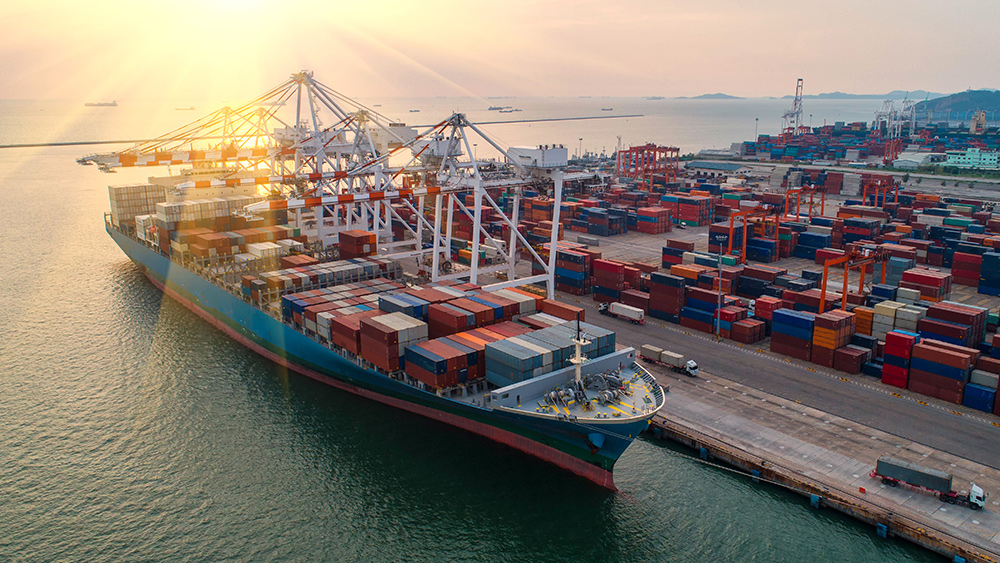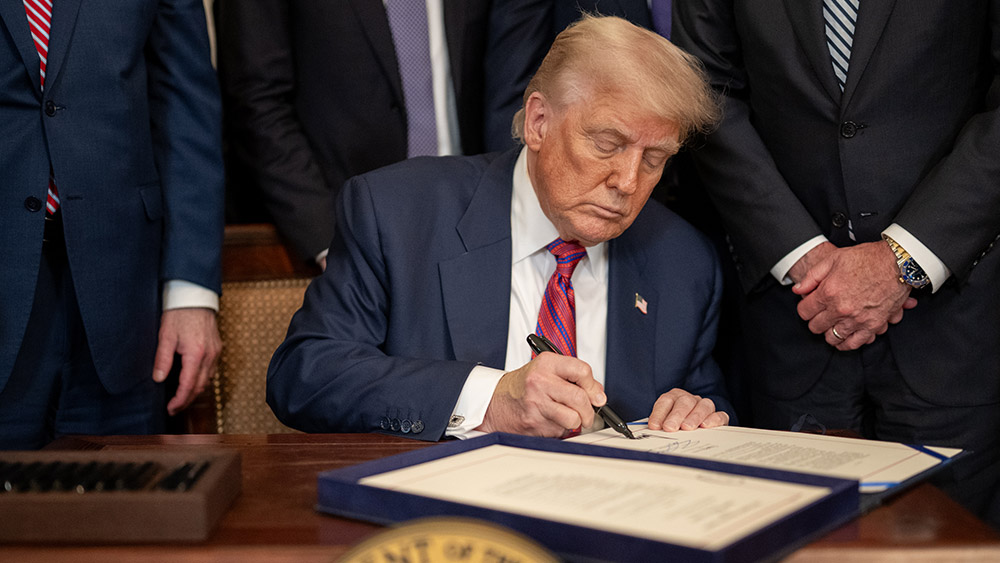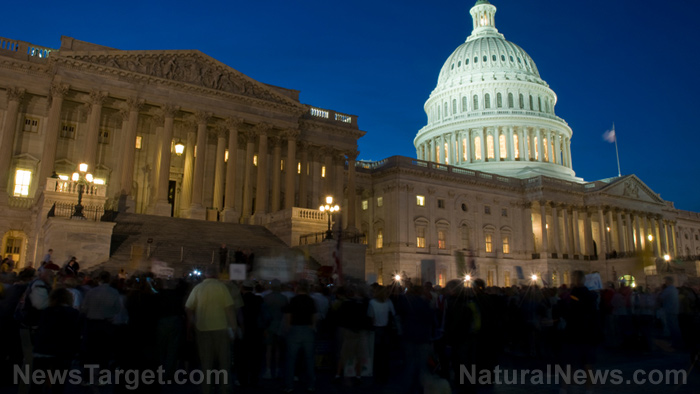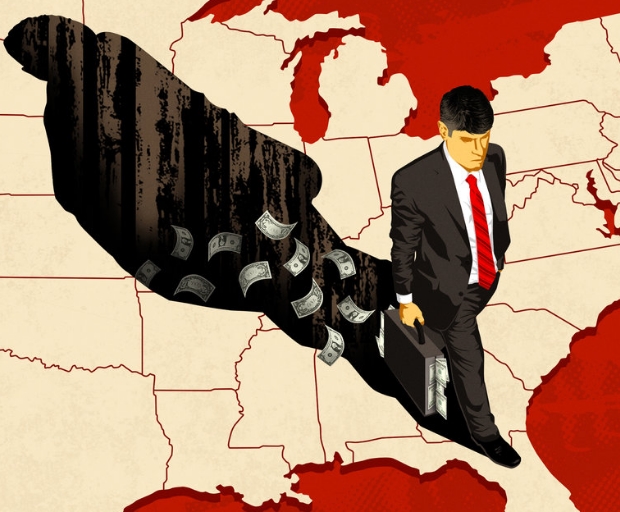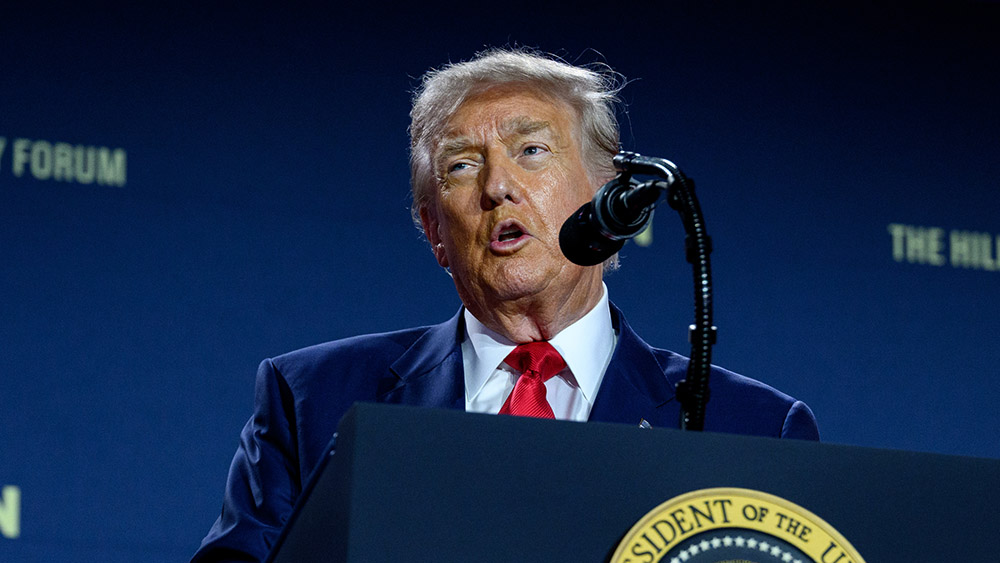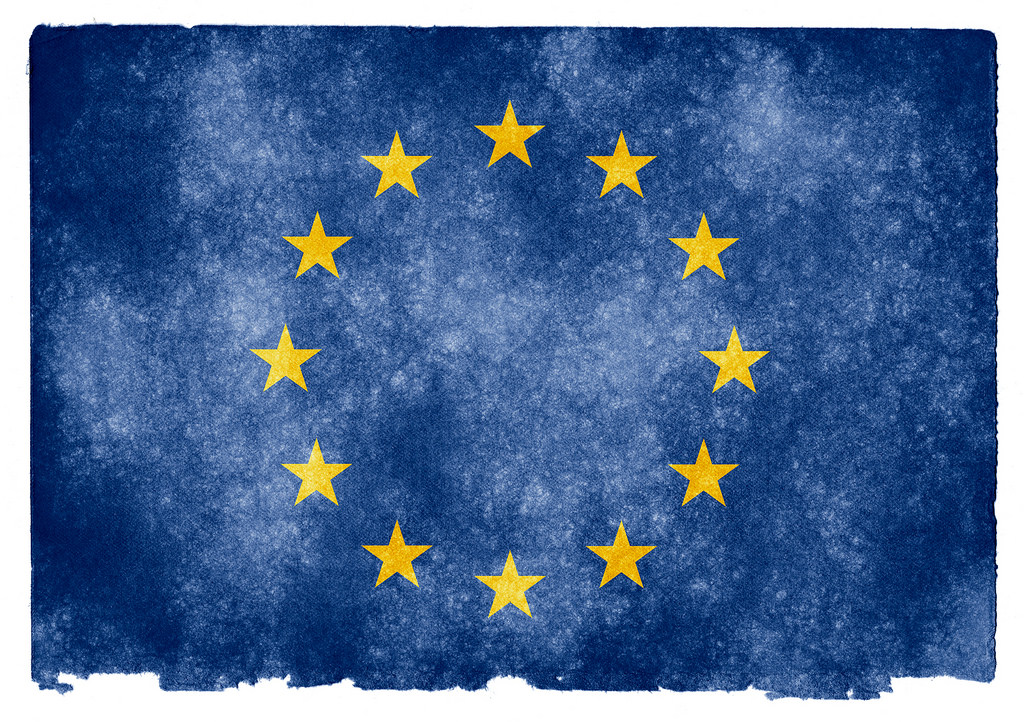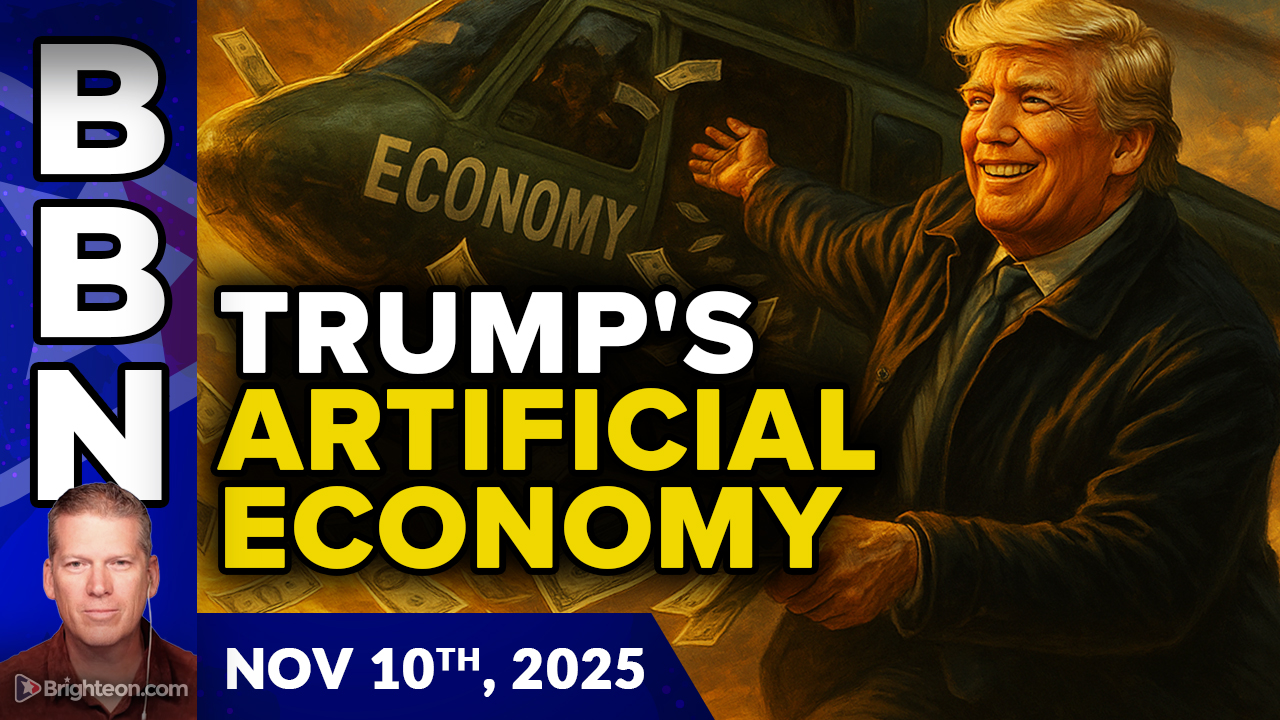Berlin’s energy lifeline: A subsidy for a struggling industrial giant
11/14/2025 / By Willow Tohi

- Germany will subsidize industrial electricity prices to 5 euro cents/kWh until 2028.
- The measure aims to counter high energy costs blamed for crippling economic competitiveness.
- Europe’s largest economy has stagnated, with minimal growth projected for 2026.
- The plan is a central pillar of the government’s effort to revitalize German industry.
- Critics argue the subsidy addresses a symptom of a deeper, self-inflicted energy crisis.
Faced with a prolonged economic stagnation that threatens Europe’s stability, Germany’s governing coalition has taken drastic action. In a move underscoring the severity of the nation’s industrial crisis, Chancellor Friedrich Merz announced a major, state-backed subsidy for industry electricity prices. The decision, reached in late 2025, is a direct response to an economic malaise widely attributed to soaring energy costs—a problem critics link to the nation’s contentious and rapid transition away from traditional power sources. This intervention represents a multi-billion-euro bet that government support can restore the competitiveness of Germany’s famed manufacturing sector.
The price of power and a plan for relief
The core of the government’s new “growth initiative” is a sharply reduced electricity rate of approximately 5 euro cents per kilowatt hour for energy-intensive industries. Set to begin on January 1 and extend through 2028, the subsidy is designed as a lifeline for companies in sectors like chemicals and steel, which compete internationally against rivals operating with significantly lower energy costs. Chancellor Merz confirmed that negotiations with the European Commission for approval are in their final stages, expressing confidence the plan will be ratified. Finance Minister Lars Klingbeil estimates the program will cost taxpayers between 3 and 5 billion euros, a price he justifies as necessary to prevent a wider industrial exodus.
An economy on the brink
The urgency of the measure is rooted in Germany’s stark economic reality. As the largest economy in Europe, its performance is a bellwether for the continent, and the current signals are alarming. The German economy has contracted for two consecutive years and has shown negligible growth for an extended period. Official government advisers project a meager 0.2% increase for the current year, followed by a still-weak 0.9% growth in 2026. This stagnation is not cyclical but structural, driven by a confluence of challenges that have exposed vulnerabilities in the nation’s economic model. These include:
- Intense competition from Chinese manufacturers
- A critical shortage of skilled workers
- Cumbersome bureaucracy that stifles innovation
However, the most politically charged factor remains the persistently high cost of energy, a direct consequence of the nation’s phase-out of nuclear power and its accelerated pivot to renewable sources.
A legacy of energy policy comes due
The current crisis cannot be understood without the historical context of Germany’s Energiewende, or “energy transition.” Initiated years earlier, this ambitious policy framework set the nation on a path to decarbonize its economy, heavily promoting renewables while systematically shutting down its nuclear power fleet. While environmentally ambitious, the transition created a precarious energy landscape. The removal of reliable baseload power, combined with geopolitical turmoil affecting natural gas supplies, left industry exposed to volatile and skyrocketing electricity prices. The new subsidy is therefore seen by many analysts as an emergency corrective—a state-funded attempt to mitigate the economic damage of a policy suite that prioritized ideological goals over industrial stability and energy security.
Mixed reactions and a narrowing path
The business community has welcomed the subsidy as a critical step. Industry associations have long argued that uncompetitive energy prices were the primary threat to Germany’s export-oriented model. Economists note that the price cap provides not just immediate relief but also a measure of predictability for long-term investment decisions. Yet, the response is not universally positive. Some industry leaders warn that a simple subsidy is insufficient to solve the deeper structural issues and have called for a more fundamental overhaul of Germany’s energy policy to ensure affordable and reliable power generation for the next decade. The government has supplemented the energy price cap with other measures, including a pledge to streamline bureaucracy and a massive 500-billion-euro fund for infrastructure upgrades.
A subsidized future for German industry
The German government’s decision to directly subsidize industrial electricity marks a pivotal moment, acknowledging that its previous energy trajectory has placed the entire economy at a strategic disadvantage. This intervention temporarily shields industry from the high costs of the nation’s energy choices, but it does not resolve the underlying tension between its climate ambitions and its industrial needs. As the subsidy takes effect, its success will be measured by its ability to halt the economic decline and spur a genuine recovery. For Germany, the path forward is now one of heavy state involvement, a stark departure from its market-oriented principles, as it struggles to maintain its standing as Europe’s industrial powerhouse in an increasingly competitive global landscape.
Sources for this article include:
Submit a correction >>
Tagged Under:
big government, Bubble, Collapse, debt bomb, debt collapse, economy, electricity, energy supply, finance, Germany, Globalism, government debt, inflation, liberal policies, market crash, money supply, national security, new energy report, power, power grid, risk
This article may contain statements that reflect the opinion of the author
RECENT NEWS & ARTICLES
COPYRIGHT © 2018 MONEYSUPPLY.NEWS
All content posted on this site is protected under Free Speech. MoneySupply.news is not responsible for content written by contributing authors. The information on this site is provided for educational and entertainment purposes only. It is not intended as a substitute for professional advice of any kind. MoneySupply.news assumes no responsibility for the use or misuse of this material. All trademarks, registered trademarks and service marks mentioned on this site are the property of their respective owners.



